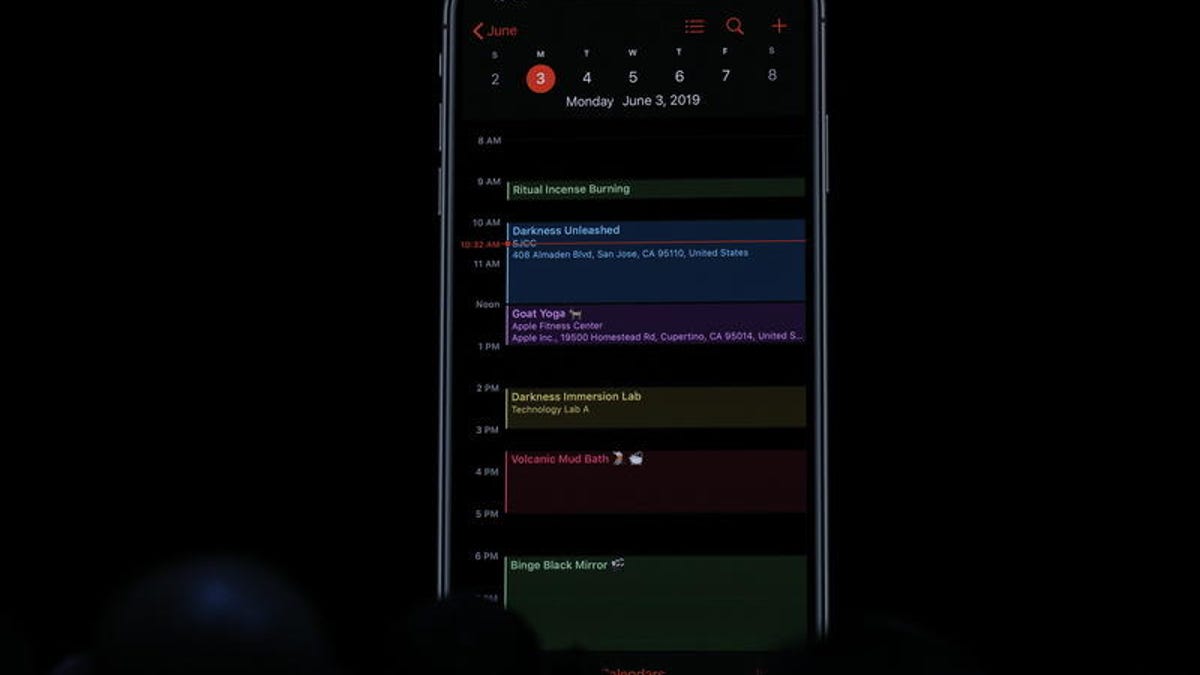Night mode could actually be worse for your sleep pattern, study finds
Blue light actually signals our brain that it's nighttime, because it resembles the colors of twilight, scientists say.

The impact on sleep patterns is weaker when using phone displays with blue colors than it is with bright yellow colors, researchers say.
Your phone's blue light might not be disrupting your sleep pattern after all, or at least not as much as night mode does. That's the word from University of Manchester scientists, who said Monday that looking at cooler-colored lights in the evening and warmer colors in the daytime "may be more beneficial to our health." The body clock uses the dim and blue appearance of twilight to determine when to sleep, they say.
"Technologies designed to limit our evening exposure to blue light, for example by changing the screen colour on mobile devices, may therefore send us mixed messages," the university said Monday. "This is because the small changes in brightness they produce are accompanied by colours that more resemble day."
Read more: 5 sunrise alarm clocks that will wake you up gently
The impact on sleep patterns is weaker when using phone displays with blue colors than it is with bright yellow colors, the researchers found by testing brightness and colors on mice.
Before now, blue light was widely believed to disrupt our sleeping patterns. Dark mode apps and services are popular across both Android and iOS phones, with the inverted color schemes aimed at producing less strain on eyes (and less strain on batteries). The mode has seen a surge in popularity in mobile and desktop apps, across everything from Gmail to Instagram and Pinterest, as well as websites and browsers.
News about the researchers' findings was reported earlier Tuesday by The Guardian.
Originally published Dec. 17.
Update, Dec. 18: Adds detail on dark mode.

